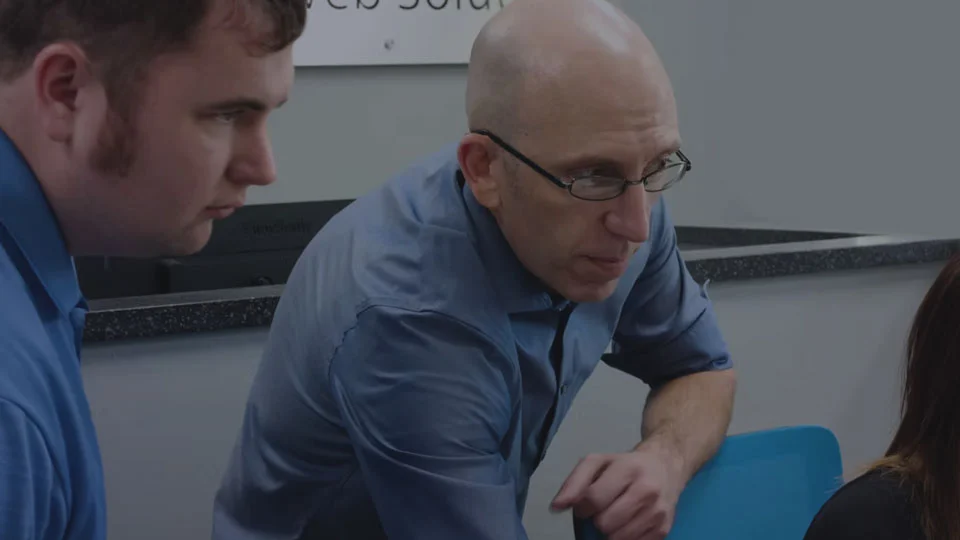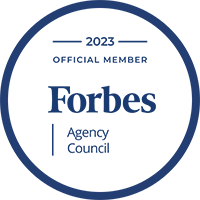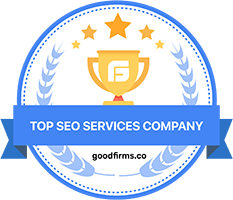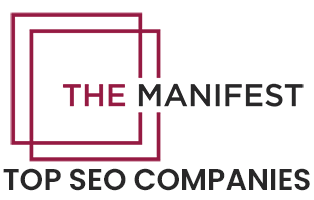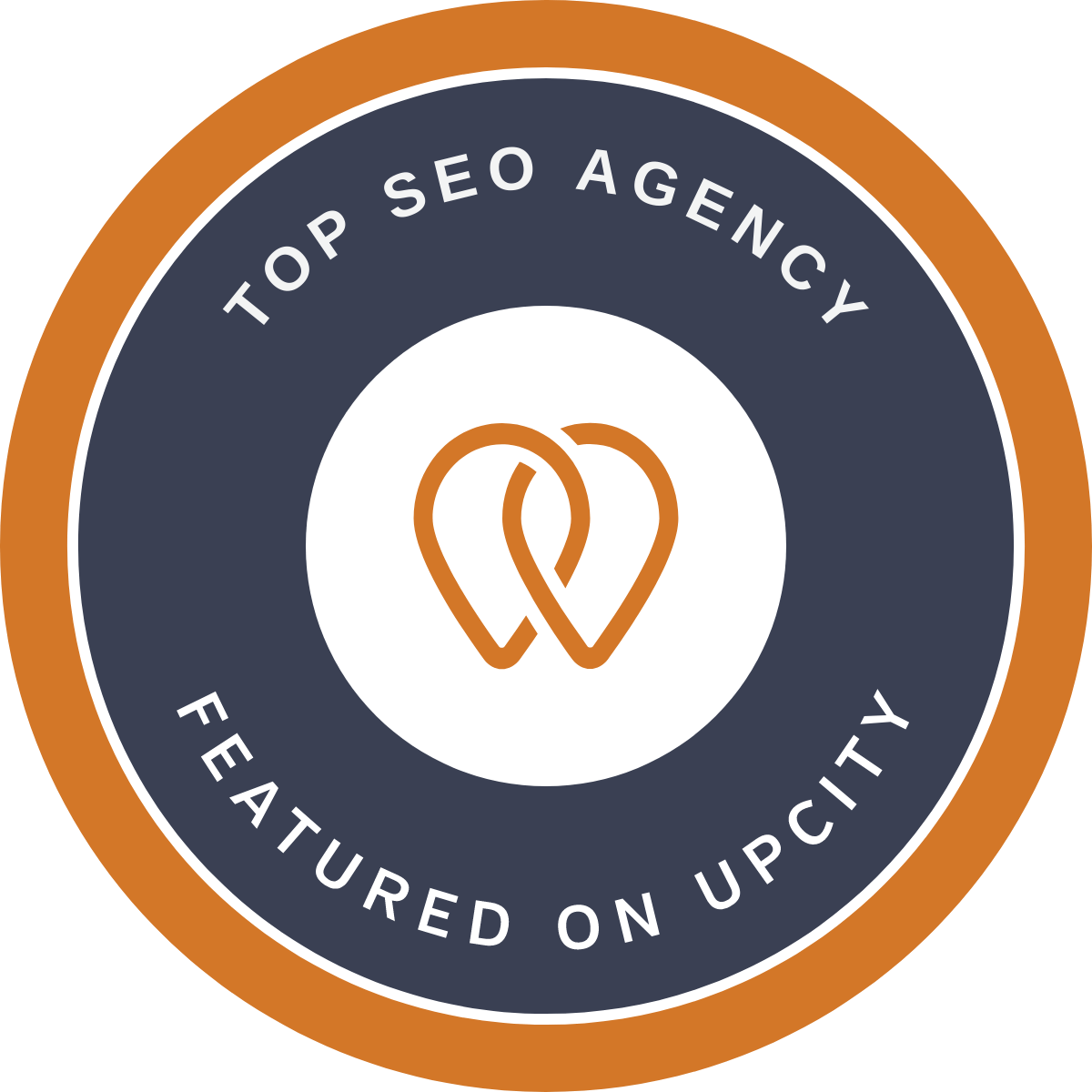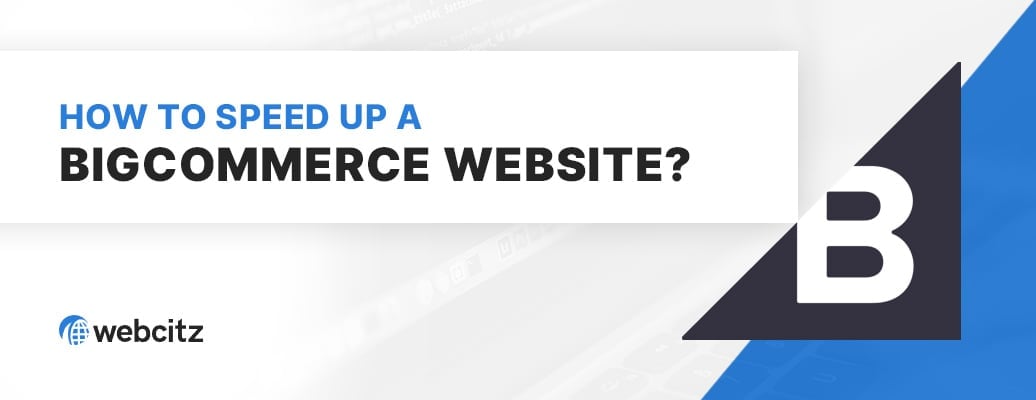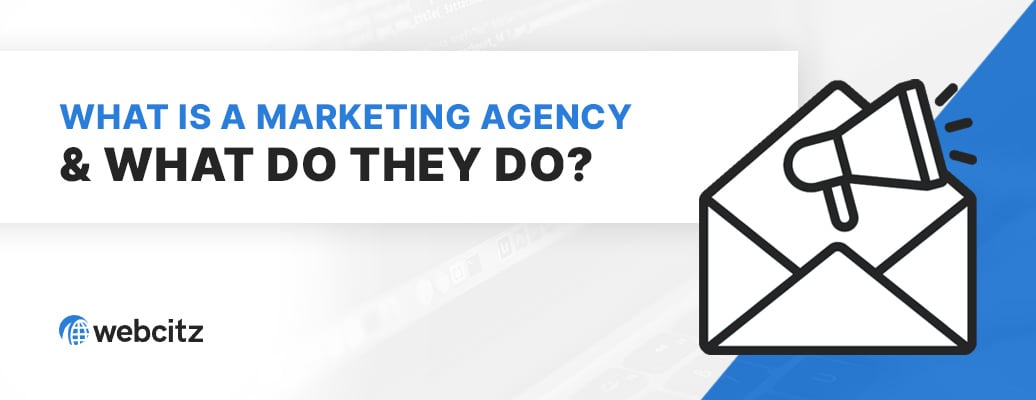Our Conversion Rate Optimization Service
Our conversion rate optimization (CRO) services can help your business increase the percentage of website visitors who take a desired action, such as making a purchase or filling out a lead form.
The goal of CRO is to improve the user experience, thereby increasing the likelihood a visitor will convert.
As a conversion rate optimization company, we will typically begin services with a thorough review of a website’s current performance, including metrics on user behavior, page load times, and bounce rates. This data is used to identify areas of the website that are likely causing visitors to leave before converting.
Next, our CRO experts will suggest and implement changes to the website’s design, content, and functionality that are aimed at improving the user experience. These changes may include things like simplifying the checkout process, redesigning the layout of a page, or adding social proof to help convince visitors.
In addition to making changes to the website, our CRO company can set up and run A/B testing to ensure suggested changes have the desired effect.
It’s important to note that CRO is not a one-time service, it’s an ongoing process that requires consistent monitoring, testing, and experimentation.
To get the most out of CRO services, you need to be prepared to make a long-term investment of both time and resources.
The goal is to continually improve the user experience to bring in more conversions.
A Few of Our Conversion Optimizers





Pricing for Conversion Rate Optimization
The cost of our conversion rate optimization services is based on the time spent working with you toward increased conversions. You can get started today by purchasing a block of time to put our web developers and conversion rate optimization experts on retainer for your company.
Invoiced Monthly
- Existing Clients Only
- Any Time Spent Billed Monthly
- Time Use Summary Reports
- No Outsourcing
- Service Availability of M-F, 8AM-5PM CST, No Holidays
Pre-Purchased Block of Time
- Dedicated Account Manager
- No Contracts, Auto-Renewals, or Expirations
- Time Use Summary Reports
- No Outsourcing
- Service Availability of M-F, 8AM-5PM CST, No Holidays
Our Process to CRO Services
Improving conversion rates is an extensive process that involves a series of steps.
It’s important to keep in mind that there’s no one-size-fits-all solution when it comes to improving conversion rates and that what works for one website may not work for another.
However, by following these steps and experimenting with different approaches, we can optimize your website to increase conversions and drive more revenue:
1.) Data collection and analysis
The first step in improving conversion rates is to gather data about your website’s performance and past conversion rate optimization services.
This includes gathering metrics such as bounce rate, exit rate, and conversion rate.
In some cases, conducting surveys and user testing to gather information about how visitors interact with the site is also valuable.

2.) Identifying areas for improvement
Once we have collected data, the next step is to analyze it to identify areas where we can improve your website’s performance.
This may involve looking at elements such as the design and layout of your website, the wording and placement of calls-to-action, and the overall user experience.

3.) Setting goals
Before implementing any changes, it is important we set clear and measurable goals for the conversion rate optimization process.
This will help us track the progress and effectiveness of our conversion optimization efforts.
4.) Testing and experimentation
A key step in improving conversion rates is to test different elements of your website and see how they impact user behavior.
This can be achieved through A/B testing, which involves creating two versions of a funnel step or landing page and comparing the performance of each.
We don’t often find the need to perform multi-variate testing, but that is an option as well.
5.) Making changes
Based on the results of our testing, our on-site web developers can make changes to your website to improve its performance.
This may involve making small adjustments to the design or layout of a page, changing the wording or placement of a call-to-action, or modifying the overall user experience.
6.) Monitoring and adjusting
After making changes, it is important to monitor your website’s performance and make additional improvements as needed.
This may involve conducting additional A/B tests, or monitoring bounce rates, exit rates, and conversion rates to see how the changes are performing.
7.) Refining and repeating the process
Improving conversion rates is not a one-time effort, but an ongoing process.
The process should be repeated continuously, with a focus on consistently refining and improving the user experience to get better results.
Influencers to Conversion Rates
There are several elements of a web page or sales funnel that can have a significant impact on conversion rate optimization.
Here are a few of the most important ones:
- Headline: The headline is often the first thing that visitors see when they land on a web page, so it’s important that it is clear, attention-grabbing, and relevant to the user’s needs. A good headline should clearly communicate the value of the product or service being offered to entice the user to stay on the page.
- Call-to-action (CTA): A clear and prominent call-to-action (CTA) is essential for encouraging users to take a desired action, such as making a purchase or filling out a contact form. The CTA should be prominently placed, easy to read, and use action-oriented language to assist your conversion rate optimization.
- Product images and videos: High-quality product images and videos are crucial for building trust and credibility with visitors. They can help users better understand and visualize the product, which can encourage them to take a desired action.
- User-generated content: Reviews and testimonials from other users can be a powerful tool for building trust and credibility with potential customers. In the conversion rate optimization process, they can provide social proof that your products or services are high-quality and trustworthy.
- Social proof: Along with user-generated content, other forms of social proof such as awards, badges, or numbers (like how many people recently purchased a product) can help to increase trust and credibility to encourage visitors to take a desired action.
- Navigation: The website’s navigation must be easy to use and understand, so this is an obvious factor to look at during conversion rate optimization. A confusing navigation can cause users to leave a website before they’ve had a chance to find the pages they want to read.
- Trust signals: Trust signals are elements that demonstrate that the website or business is credible and trustworthy, such as security badges, money-back guarantees, or contact information. These can increase visitors’ confidence and encourage them to convert.
- Form fields: If a form is needed for a conversion, keeping the number of fields to a minimum, and clearly labelling them, can help to improve the user experience and increase the number of conversions.
Micro vs. Macro Conversions
Macro conversions and micro conversions are different types of conversions that can occur on a website.
Measuring both macro and micro conversions can help to provide a complete picture of a user’s journey and identify areas where the user may drop out or have issues completing a macro conversion.
By understanding the micro conversions that lead to macro conversions, businesses can optimize their website, ad campaigns, and user experience to improve the overall performance.
Macro conversions
Macro conversions are the main or primary conversions that a business wants to achieve from their website.
These are typically the most valuable actions a user can take on the website, such as making a purchase, filling out a lead form, or scheduling a service.
They are related to the core business goals and typically generate revenue or leads, so they are the main objective in conversion rate optimization.

Micro conversions
On the other hand, micro conversions are smaller actions that a user takes on the website before committing to a macro conversion.
These actions are usually related to the user’s journey and the decision-making process.
They can include actions such as viewing a product page, adding a product to the cart, going through a lead magnet, or signing up for a newsletter.
They are not directly tied to the business’s bottom line, but they can be important indicators of user engagement, and ultimately lead to macro conversions.
For that reason, micro conversions are great to use during conversion rate optimization because they provide data more quickly than revenue-generating goals. If you are trying to optimize social media ads, relying on micro conversions is a great way to know if you can trust an ad set before spending too much money on it.

Conversion Optimization FAQs
What is a good conversion rate?
A “good” conversion rate will vary depending on the industry and type of business, as well as the specific goals of the website or digital marketing campaign.
As a benchmark, the average conversion rate for ecommerce websites is around 2-3%, while for lead generation it is around 5-10%
That assumes you are selling average types of products or services though. If you are selling a $10,000+ product or service, don’t expect those rates to apply to you.
How do you measure the success of a CRO campaign?
A conversion rate optimization campaign can be measured by its ability to increase your conversion rate, which is the percentage of website visitors who take a desired action. Other metrics that can be used to measure the success of a CRO campaign include your bounce rate, average order value, pages per session, and time on site.
How can I choose the right CRO service provider for my business?
- Expertise and experience: Look for an expert with a proven track record of success and experience in your industry or with similar business goals.
- Data-driven approach: The right CRO company should have a data-driven approach and use analytics to identify areas for improvement and track progress.
- Customization and flexibility: A good CRO agency should be able to customize their services to meet the specific needs of your business and adapt to changes as they arise.
- Communication and collaboration: Effective communication and collaboration are crucial for successful CRO campaigns, so look for a provider who is responsive and easy to work with.
- Price and value: While cost is an important factor, don’t choose a company solely based on price. Consider the value they bring to the table and the results they can deliver.
- Case studies and testimonials: Ask for case studies and testimonials from previous clients to see how the provider has delivered results for others and to get a sense of their work style.
What is the process of a typical CRO engagement like?
The process of conversion rate optimization varies between agencies, but most follow these similar set of steps:
- Discovery: During this phase, the CRO experts will get to know your business, goals, and target audience. They will review your website and gather data to understand your current conversion rate and identify next steps.
- Strategy: Based on the discovery phase, the CRO company will develop a strategy that outlines the steps they will take to optimize your website and increase conversions. This can include testing new page designs, changes in messaging, and perhaps better offers.
- Implementation: The CRO experts will implement the agreed-upon changes to your website, often through split testing to determine which version is the most effective.
- Data analysis: The provider will analyze the data from the split tests to determine which version performed best and use that information to make additional optimizations. Please be aware that you need a decent amount of traffic to a page to get enough user data to make an informed decision.
- Reporting and optimization: The CRO expert will provide regular reports on the performance of the website and continue to optimize based on the results.
- Ongoing optimization: A good CRO agency will work with you on an ongoing basis to continually optimize your website and maintain high conversion rates.
How much does CRO cost and what is the expected return on investment?
The cost of conversion rate optimization can vary greatly depending on the scope and complexity of the project, as well as the experience and expertise of the individuals or agencies you hire. We often work on CRO projects between $3,000 and $10,000 in scope, where one or more pages is optimized over a period of a couple of months.
As for the expected return on investment, that can also vary greatly depending on several factors. Those might include the current conversion rate, the quality of your website and user experience, the specific optimization strategies you employ, and the demand of your products or services. A well-executed CRO campaign can often result in a significant increase in conversion rates and an ROI that far exceeds the cost of the program.
How long does it take to see results from a CRO campaign?
The time it takes to see results from a conversion rate optimization campaign can vary depending on several factors, including the complexity of the optimization strategies, the volume of traffic to your website, and the length of time it takes to implement and test the changes.
Typically, smaller, more straightforward optimization services can produce results in a matter of weeks, while more comprehensive CRO services can take several months to complete. The key to a successful CRO campaign is to continually test and optimize, which means your conversion rate should continue to rise over time.
How can I ensure that my website remains optimized for conversions over time?
To ensure that your website remains optimized for conversions over time, it’s important to adopt an ongoing optimization mindset and process. Here are a few tips to help you do that:
- Continuously monitor and analyze data: Regularly monitor key metrics such as conversion rates, bounce rates, and page views, and use this data to identify areas of your website that need improvement.
- Conduct regular user testing: User testing is a valuable tool for understanding how visitors interact with your website and what improvements can be made to increase conversions.
- Keep up with industry best practices: Stay informed about the latest trends and best practices in web design and user experience.
- Regularly update and improve your website: Regularly make changes to your website to improve its design, functionality, and content.
- Refine your conversion goals: As your business evolves, so should your conversion goals. Continuously refine your conversion goals to ensure that your optimization efforts remain focused and effective.
Hear what our customers are saying
